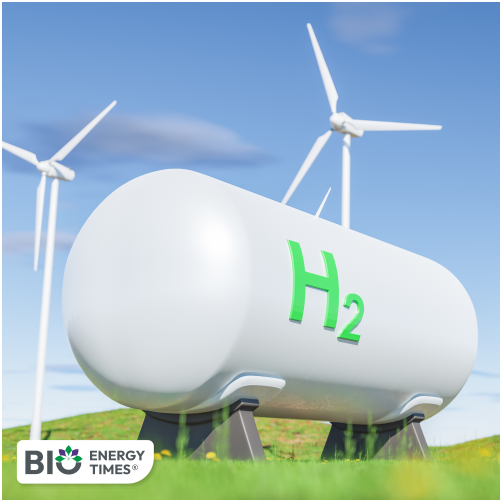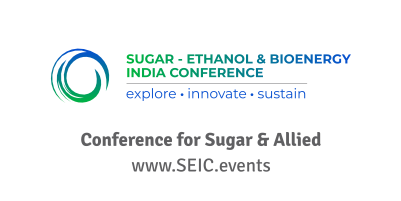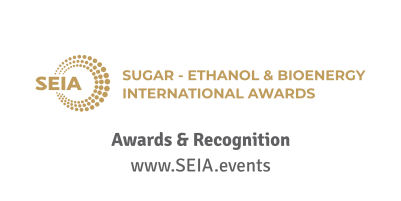Statcon Energiaa has signed an exclusive agreement with Germany’s AEG Power Solutions to manufacture megawatt-scale hydrogen rectifiers in India, starting in late 2025. The equipment will power large-scale electrolysis plants, a key technology for producing green hydrogen, reports Hydrogen Fuel News.
The deal, announced on August 8, 2025, gives Statcon the rights to design, assemble, commission, and service the rectifiers domestically. AEG will provide core components, engineering designs, and quality-control processes. The rectifiers will convert alternating current from the grid or renewable sources into stable direct current, essential for both proton exchange membrane (PEM) and alkaline electrolyzers.
“These rectifiers will be built in India to international standards, ensuring high efficiency and reliable performance for hydrogen projects,” said Anil Mehta, CEO of Statcon Energiaa. He added that the partnership would strengthen India’s role in the global clean hydrogen supply chain.
Under the “make-in-India” framework, the project includes installation training, warranty support, and long-term service for operators. The equipment will feature modular designs for easier scaling and maintenance, advanced thermal management, and digital controls to ensure stable operation under demanding plant conditions.
AEG Power Solutions has supplied similar systems for hydrogen projects in Europe and North America. “India is emerging as one of the most important green hydrogen markets, and local manufacturing is critical to its growth,” an AEG executive said.
The agreement is expected to reduce reliance on imported rectifiers, which have faced high duties, long lead times, and inconsistent after-sales support. Local production will allow customization for India’s climate and renewable energy patterns, shorten delivery times, and improve service response.
Industry experts say the move supports India’s National Green Hydrogen Mission, which aims to produce 5 million tonnes of hydrogen annually by 2030. Reliable domestic supply of power electronics is seen as a major step toward lowering project costs, speeding up commissioning, and improving the competitiveness of green hydrogen against fossil fuel–based alternatives.
The partnership is also expected to create skilled jobs in research, manufacturing, and field service, while building domestic expertise in high-voltage electronics.
















